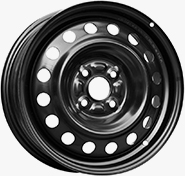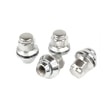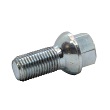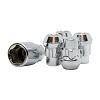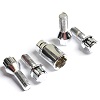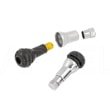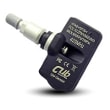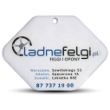Which is better: ceramic coating or PPF? Characteristics and comparison
Protecting car paint is one of the fundamental tasks of every owner who cares about the aesthetics and value of their vehicle. Currently, two paint protection methods dominate the market: ceramic coating and PPF. Both solutions offer effective protection, but differ in performance, durability, and cost. Therefore, the choice depends primarily on the owner's expectations and vehicle usage.
Not sure whether to choose a ceramic coating or PPF? Read on! The aim of this article is to provide a detailed comparison of these solutions, taking into account their advantages, disadvantages, and costs. We will also discuss the practical application of different methods and the possibilities of combining them for maximum vehicle protection. Are these technologies worth investing in? Which car parts can be protected with them? You'll find the answers in the text below.
Contents:
- Car paint protection in practice – learn about popular solutions
- What's the difference between PPF and ceramic coating? What are the pros and cons of each?
- What damage do PPF and ceramic coating protect against?
- Can both methods be combined? Double paint protection.
- What can be covered with PPF and ceramic coating? Not just paintwork.
- Is it worth ceramic coating your rims?
Car paint protection in practice – learn about popular solutions
Car paint is exposed to many harmful factors, such as scratches, UV radiation, road salt, and dirt. Therefore, vehicle owners are increasingly opting for modern protection methods, such as PPF and ceramic coating, which provide effective paint protection and long-lasting aesthetic appeal.
Ceramic coating – a durable barrier for a flawless paint job
Ceramic coating is one of the most advanced protective solutions available on the market. It creates a chemical layer that permanently bonds to the paint surface, giving it a deep shine and hydrophobic properties . This allows dirt, dust, and water to easily roll off the surface, significantly simplifying car cleaning. Ceramic paint coating also protects against UV radiation, industrial pollutants, and chemicals that can cause paint fading.
Ceramic coatings last from 2 to 5 years, depending on the quality of the product used and the application method . This makes them an ideal solution for those seeking long-term protection for their vehicle. However, the relatively high cost of ceramic coatings may discourage some car owners. It's worth remembering, however, that their application requires experience and precision, so it's best to entrust this task to professionals.
PPF foil – an invisible shield protecting your car's paintwork
PPF protective film is a physical layer that effectively protects the paintwork from mechanical damage, such as stone chips, scratches, and abrasions. Thanks to its flexibility, the film adheres perfectly to the car's surface, creating invisible protection that doesn't compromise the vehicle's aesthetics. PPF car film is especially recommended for heavily used vehicles, such as SUV, sports cars, and limousines.
One of the greatest advantages of PPF film is its self-healing ability. Minor scratches on the film's surface disappear with heat, leaving your car looking brand new for a long time. The cost of PPF car wrapping depends on the scope of the application – you can protect just selected areas (e.g., the hood or headlights) or the entire car.
What's the difference between PPF and ceramic coating? What are the pros and cons of each?
PPF and ceramic coating are two popular paint protection methods, but they differ in their mechanism of action and the scope of protection they provide. PPF acts as a physical shield , absorbing the energy of stone chips, minor scratches, and other mechanical damage. It is particularly recommended for areas most susceptible to damage, such as the hood, bumpers, and mirrors. Furthermore, modern PPF films have the ability to self-heal, allowing minor scratches to be removed with heat.
Ceramic coating, on the other hand, is a chemical barrier that bonds with the paint at a molecular level. Its main advantage is hydrophobicity – water and dirt easily roll off the surface, making cleaning the car easier. Ceramic coating also provides protection against UV radiation, chemicals, and road salt, but does not protect against deeper scratches or impacts. The advantages and disadvantages of ceramic coating and PPF depend on the user's expectations and the vehicle's operating conditions.
Aesthetically, ceramic coating deepens the paint color and gives it a "wet look," while film is nearly invisible and maintains the car's factory appearance. Costs also vary—ceramic coating costs less than PPF, but film offers a broader range of mechanical protection.
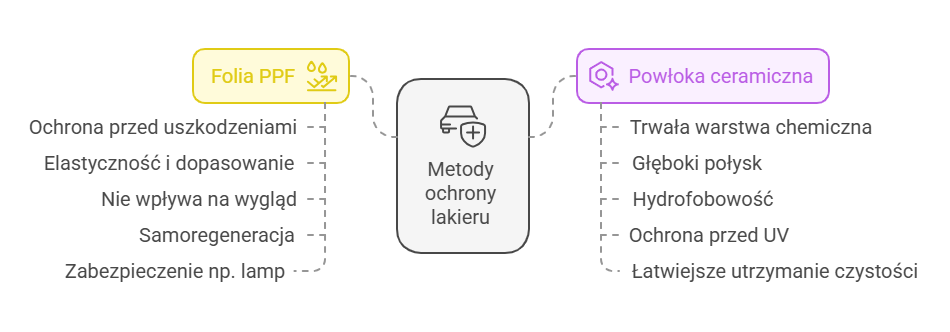
What damage do PPF and ceramic coating protect against?
PPF and ceramic coating protect the paintwork from various types of damage, but their mechanisms of action are slightly different. PPF is a physical layer that absorbs impact energy, protecting the surface from stone chips, minor scratches, and abrasions. Its use is particularly recommended on hoods, headlights, and bumpers—the areas most exposed to contact with small objects while driving.
Car ceramics, on the other hand, work at a chemical level, increasing the paint's resistance to UV radiation, chemicals, and road salt. They protect the surface from micro-scratches, and their hydrophobic properties prevent dirt and water from adhering. Ceramic paint coating is the ideal solution for those who want to maintain a pristine car appearance with minimal cleaning effort.
Interestingly, PPF can also be used on headlights, protecting them from dulling and mechanical damage. PPF for headlights and headlights is a popular choice among drivers who value comprehensive vehicle protection. In the case of more severe mechanical damage (e.g., abrasions or impacts), the film performs better than ceramic, making it a universal solution.
Can both methods be combined? Double paint protection.
Combining a ceramic coating with PPF film is a solution for those seeking maximum protection and aesthetic appeal. Both technologies complement each other perfectly, as the film protects the paint from mechanical damage, while the ceramic improves aesthetics and makes the surface easier to clean. This combination is especially popular for premium and sports cars, where every detail matters.
PPF film, applied to the most vulnerable areas (hood, bumpers, headlights), combined with a ceramic coating covering the entire paint surface, creates a complete protective system. This solution not only protects the car from scratches and chips but also from the harmful effects of atmospheric factors, deepening the color and giving the paint a deep shine.
You don't have to choose between ceramic coating or PPF – you can choose both technologies simultaneously. While the cost of this type of paint protection can be high, the benefits are well worth it. Dual protection is the perfect choice for those who want maximum protection for their vehicle while maintaining its aesthetic appeal for years to come.
| Criterion | Ceramic coating | PPF foil |
|---|---|---|
| Scratch protection | Protects against micro-scratches, but not against deep damage | A physical shield that protects against scratches, e.g. from stones |
| Hydrophobicity | Perfect – water and dirt run off easily | No hydrophobic properties |
| Regeneration | No regeneration possible | Self-healing of minor scratches under the influence of heat |
| Costs | Lower | Higher |
| Aesthetic effect | Deep gloss, "wet varnish" effect | Invisible protection, maintains factory-like paint appearance |
| Easy to maintain | Facilitates cleaning thanks to its hydrophobic properties | Does not affect ease of cleaning |
What can be covered with PPF and ceramic coating? Not just paintwork.
Both PPF and ceramic coating are used not only on paint but also on other car parts. As mentioned, PPF for headlights is an effective way to protect them from scratches, dulling, and mechanical damage.
Ceramic coating, on the other hand, is perfect for rims, protecting the surface from brake dust, road salt, and dirt – thanks to its hydrophobic properties, rims stay clean longer. Paint protection can also be extended to plastic and metal parts, increasing the vehicle's resistance to external factors.
Thanks to the flexibility of the PPF film and the durability of the ceramic, it is possible to comprehensively protect the paintwork and other car elements with the film, ensuring maximum protection and aesthetics of the vehicle.
Is it worth ceramic coating your rims?
Ceramic coating of rims is an increasingly popular practice among car owners who want to protect their vehicles in every detail. Steel and aluminum rims are particularly vulnerable to brake dust, road salt, and dirt, which can lead to a loss of aesthetic appeal over time. Ceramic coating on rims creates a durable protective barrier that not only prevents dirt but also makes it easier to remove.
Ceramics applied to rims make their surface more resistant to scratches and aggressive chemicals. Furthermore, the coating enhances the rims' appearance, giving them a deeper shine. This is especially important for vehicles equipped with alloy wheels , where every detail impacts the overall aesthetic of the vehicle.
Although the cost of ceramic rim coating is relatively high, the benefits are significant. It's an investment that allows you to maintain the perfect appearance of your rims for a long time, while also increasing their durability and resistance to external factors.
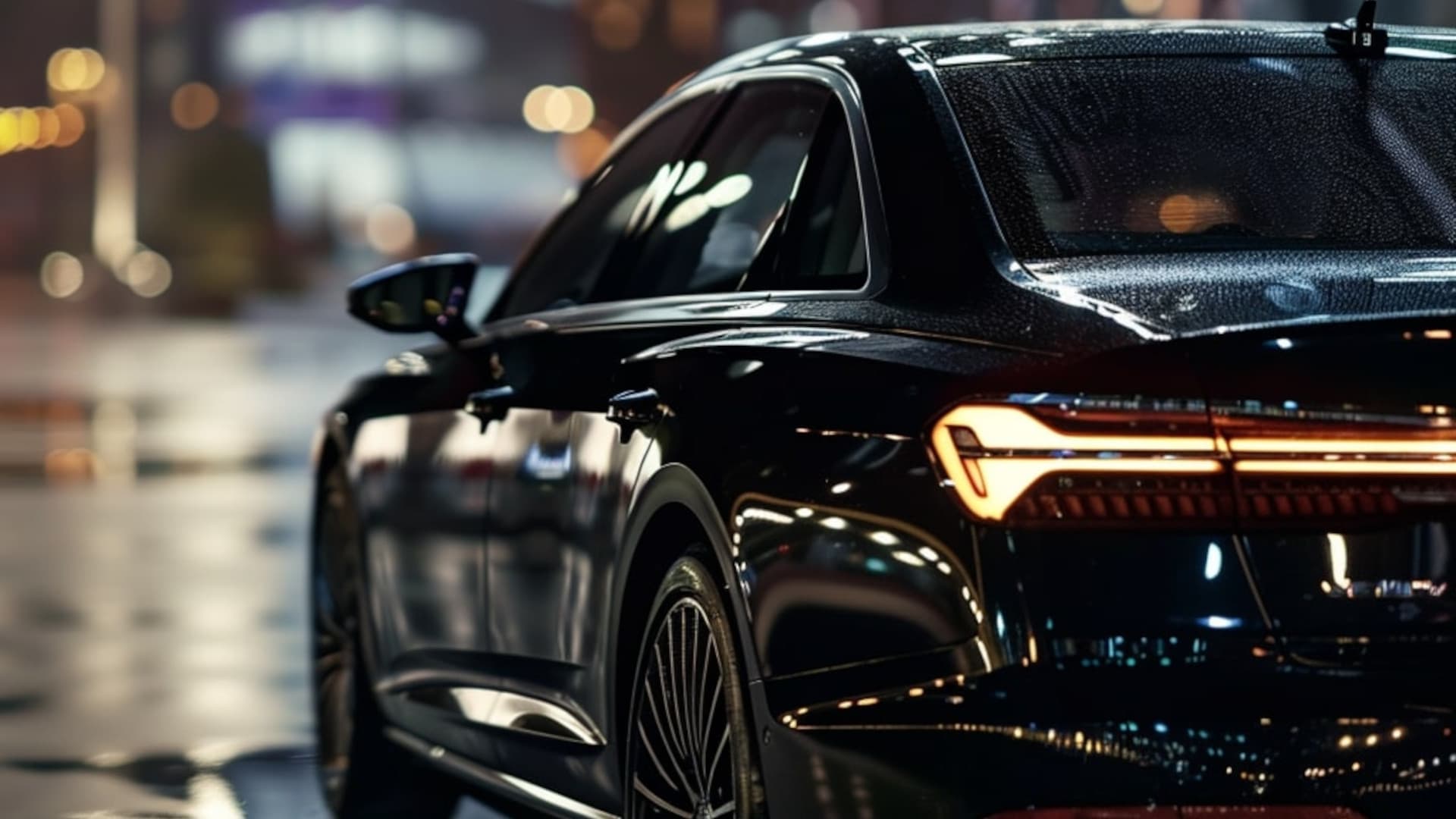
The choice between ceramic coating or PPF depends on the individual needs of the user and the type of vehicle. Both solutions have their advantages and disadvantages, but combining them can provide maximum protection for the paint and other vehicle components. Investing in this type of technology is a step towards improved vehicle protection and aesthetics.
Recommended

4x rims 19 5x114,3 for TOYOTA Auris Avensis Camry CH-R Corolla Yaris Cross - L2321


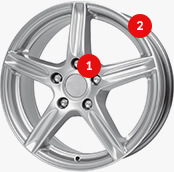

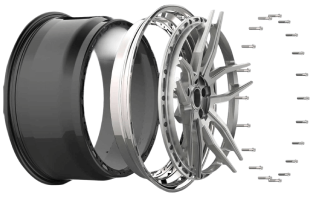
 Modern design
Modern design Perfect fit
Perfect fit High durability
High durability Free shipping within 24 hours
Free shipping within 24 hours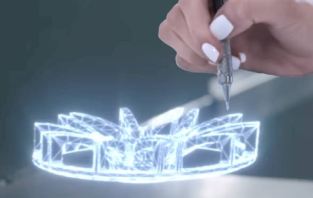
 Individual project
Individual project Dedicated caregiver
Dedicated caregiver